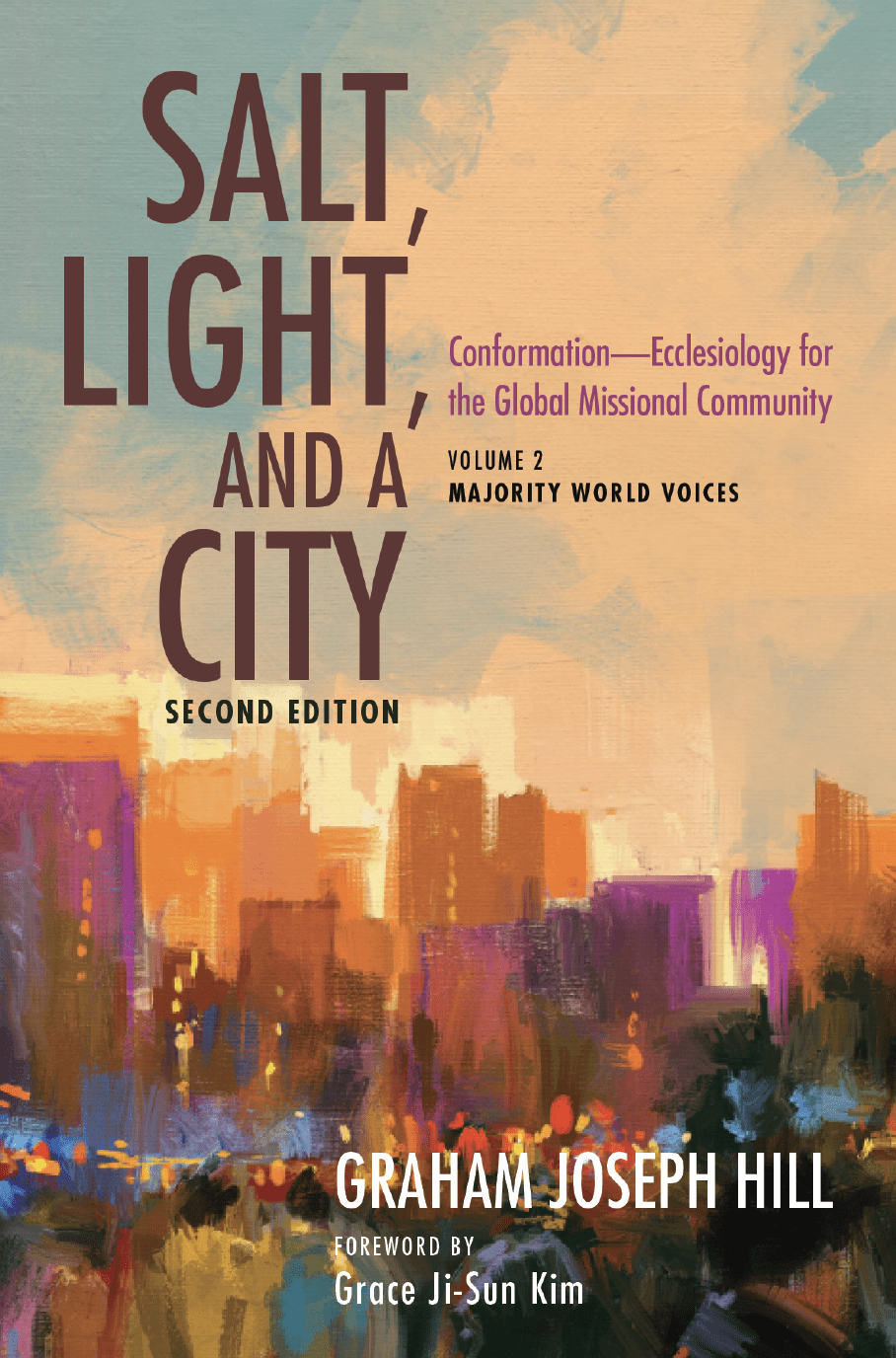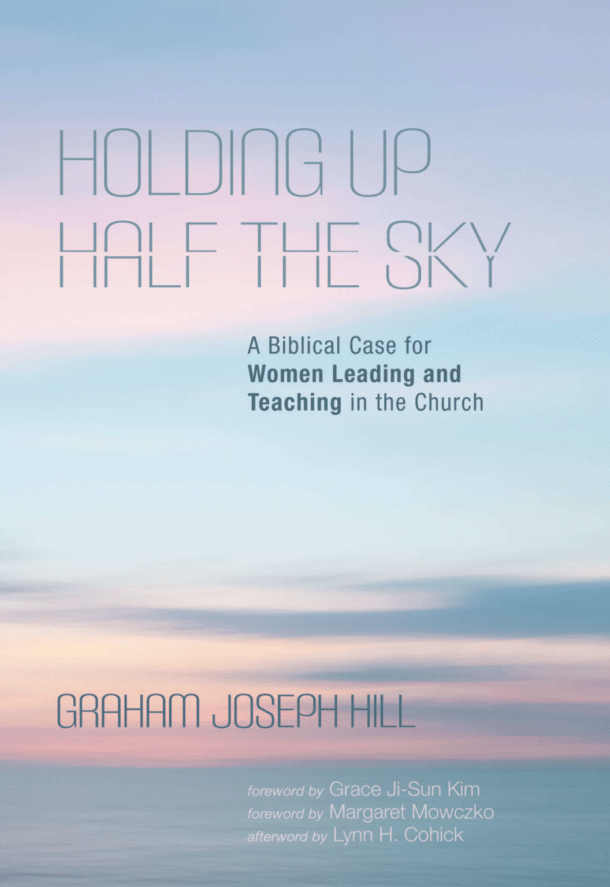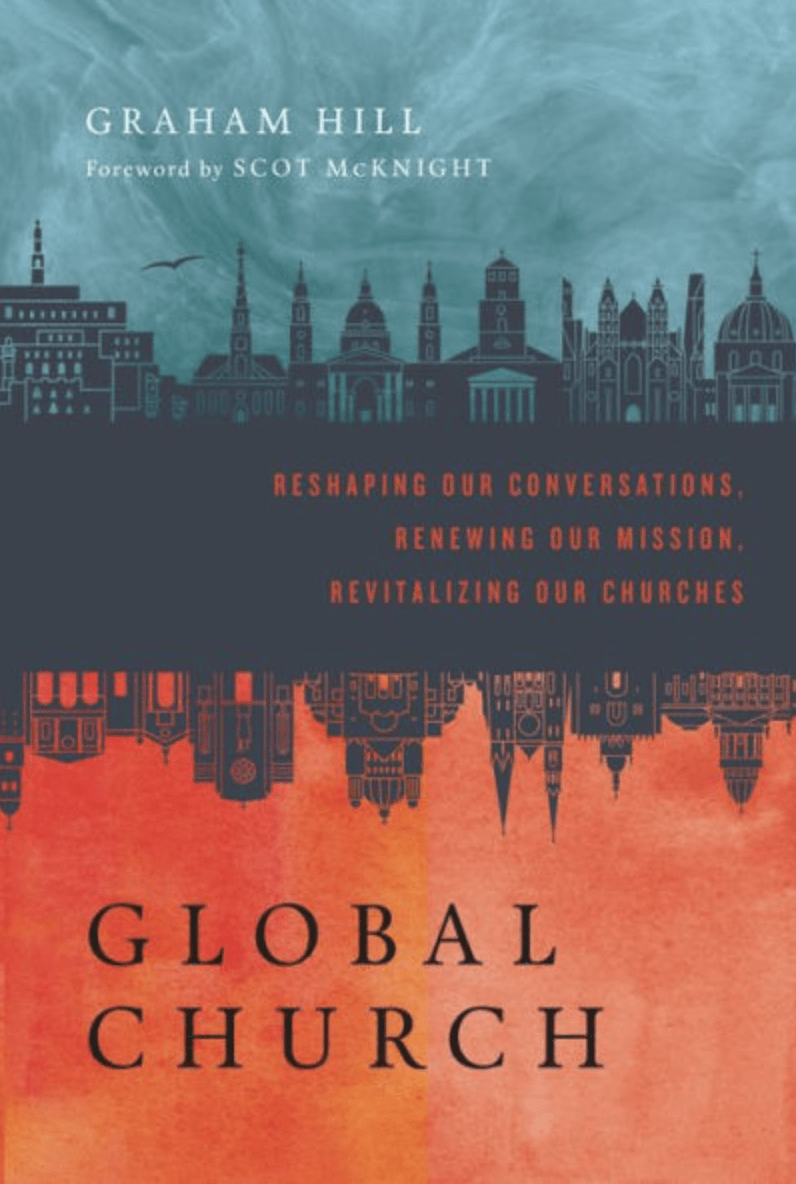Majority World and indigenous and diaspora churches are redefining twenty-first-century Christianity. Those of us who are Western Christians must decide how we’ll respond.
Stephen Bevans writes,
We are now living in a “world church” where the vast majority of Christians are [from the Majority World]. David Barrett’s statistical studies have confirmed this shift, and Philip Jenkins has predicted that by 2025 fully two-thirds of Christians will live in Africa, Latin America, and Asia… Scholars are unanimous in acknowledging the accuracy of the facts. The “average Christian” today is female, black, and lives in a Brazilian favela or an African village.
Some statistics illustrate this shift in twenty-first-century global Christianity. The Pew Research Center’s report Global Christianity analyzes the size and distribution of the world’s Christian population. The report maps the changes over the last century (1910 to 2010). It concludes: “A century ago, the Global North (commonly defined as North America, Europe, Australia, Japan, and New Zealand) contained more than four times as many Christians as the Global South (the rest of the world). Today, the Pew Forum study finds more than 1.3 billion Christians live in the Global South [61% of all Christians live in Asia, Africa, and Latin America], compared with about 860 million in the Global North (39%).” That is an astounding shift in only one hundred years.
Let’s take China, for example. Professor Fenggang Yang of Purdue University makes an important prediction. If current growth rates continue, within one generation, China will have more Christians than any other nation on earth. In 1949, Protestant churches in China had one million members. In 2010, that number was 58 million. By 2025, there are likely to be 160 million Christians in China. By 2030, it will likely be 247 million (outnumbering Christians in Mexico, Brazil, and the United States).
In an interview with The Telegraph, Fenggang Yang says, “Mao thought he could eliminate religion. He thought he had accomplished this. It’s ironic—they didn’t. They actually failed completely.”
I don’t think we should turn to the Chinese church for the answers to renewal or revival (or any culture, for that matter). The Chinese church has its own struggles, and each faith community must discover context answers to local problems and opportunities. But we must still listen and learn from what God is doing in the Majority World.
Philip Jenkins says,
“We are currently living through one of the transforming moments in the history of religion worldwide. Over the last five centuries, the story of Christianity has been inextricably bound up with that of Europe and European-derived civilizations overseas, above all in North America. Until recently, the overwhelming majority of Christians have lived in white nations… Over the last century, however, the center of gravity in the Christian world has shifted inexorably away from Europe, southward, to Africa and Latin America, and eastward, toward Asia. Today, the largest Christian communities on the planet are to be found in those regions.”
Who are Majority World, First Nations, and Diaspora Christians?
So, whom am I talking about when I refer to Majority World and indigenous and diaspora Christians?
1. Majority World Christians
I use the term “Majority World” as a better replacement for the older terms “Third World,” “Developing World,” or “Non-Western World.” Majority World Christians are those in Africa, Asia, the Caribbean, Eastern Europe, Latin America, the Middle East, and Oceania. I use the term Majority World because most of the world’s population is in those cultures today. The majority of the church is in those cultures too. I don’t use the terms non-Western, Third World, or Developing World. These terms use Western cultures as their point of reference. They imply Western superiority or centricity. Global South is also too limiting, given that many Majority World Christians live in the North and the East. Majority World seems to be the term that works best.
2. First Nations and Indigenous Christians
Indigenous and First Nations Christians are believers from “those ethnic groups that were indigenous to a territory before being incorporated into a national state, and who are politically and culturally separate from the majority ethnic identity of the state that they are a part of.” This includes people groups like the Australian Aboriginal and Torres Strait Islanders, First Nations peoples, and Native Americans.
3. Diaspora Christians
Diaspora people are those who have spread or been dispersed from their homeland. Diaspora or immigrant Christians are having a significant influence on the shape of Western and global Christianity. These include Hispanic, Portuguese, or Asian minorities in the USA, UK, Canada, Europe, Australia, etc. It’s interesting, for instance, to note how Latin American and Chinese Diasporas are active in evangelism and mission in Europe in the same way in which the Filipino or Salvadoran Diasporas carry on missions in the USA.
Freeing the Gospel from White Western Cultural Captivity
What does all this mean for the mission, theology, worship, and church communities worldwide? And what does it mean, especially for the Western church?
I recently had the pleasure of doing a filmed interview with Lamin Senneh at Yale Divinity School. The interview was for The Global Church Project. The GlobalChurch Project films hundreds of inspiring Christians from Asia, Africa, Latin America, First Nations, diaspora cultures, and more on mission, church, faith, and theology.
In that interview, Lamin offered a striking challenge to the Western church. Here’s my paraphrase of what he said:
We in the West are confident and articulate people. Theology has served us well as a vehicle for our aspirations, desires, and goals. There is no shortage of theological books on all sorts of imaginable subjects. There are how-to-do manuals instructing us about effective ministry. These manuals tell us how to fix our emotions. They affirm our individual identity and promote our choices and preferences. They tell us how to change society through political action. They show us how to raise funds and build bigger churches. They teach us to invest in strategic coalitions. All this language leaves us little time or space to listen to God.
What if God has something else to say to us? What if that something else challenges what we want to hear? Yet, without reciprocity in the moral and spiritual life, of hearing and responding to the intimations of the Spirit, it is hard to see how God can be salient in the lives of modern men and women.
The Gospel suffers from a form of cultural captivity in the West. What is “white cultural captivity”? In essence, it is when the church shapes its understanding of the gospel and of Christian faith around white, Western culture. The gospel (and also our worship, prayer, mission, theology, and faith) then become “captive” to white, Western ideas and cultures. The way to free the gospel from this “white Western captivity” is to start to listen and learn from (and to honor) ideas and theologies from Asia, Africa, the Middle East, Latin America, etc. In other words, we will only escape “white Western captivity” when we become a truly global church that equally honors all Christian cultures and theologies (and not just the white, male, Western ones).
The renewal of World Christianity has lessons to teach us all. If we allow it, the de-Westernization of Christianity may help us address the Western cultural captivity of the Gospel. Thanks to the grace, power, and sovereignty of the Spirit of Christ, this de-Westernization of the global church may help us find freedom from our cultural captivity. The astonishing growth and vitality of movements in World Christianity will make this truth even more evident to us over the following decades.
Embracing a New Story
A missional church commits to diversity and multi-ethnicity. It’s active in mission in its local context. And it’s attentive to what God is doing globally. So, we need a local-global or glocal church. God calls the church a glocal, missional, multiethnic “city on a hill.” This church is constituted and enriched by indigenous, Western, diaspora, and Majority World peoples.
The global church needs a new narrative. It’s time to abandon our flawed Eurocentric and Americentric worldviews. We are “Eurocentric” or “Americentric” when we focus on European or North American cultures or histories or theologies to the exclusion of a wider view of faith and the world, very often regarding European or North American cultures as more important than other cultures.
The Gospel and our churches in the West suffer from white, Western cultural captivity. This cultural captivity has largely blinded us to what God is doing in the world and what he’s saying to us. This cultural captivity shapes our homogenous mission and Eurocentric theology. It determines our monocultural church leadership and outdated denominational systems. It forms our individualistic spirituality and consumeristic worship. It reinforces our sense of exceptionalism. It solidifies many oppressive and anti-gospel approaches to gender, ethnicity, wealth, and migration. It influences our approaches to vulnerable and marginalized people groups.
This cultural captivity inhabits and shapes the stories we tell. We tell each other stories, but they’re mostly our own stories. They’re usually white, Western, middle-class, educated, privileged, Americentric, and (mostly) male stories. We need a new narrative. Today’s vast majority of the global church isn’t white, Western, male, and middle-class. And the astonishing growth of World Christianity isn’t happening in those places. It’s happening in cultures outside of the West. It’s happening among women, children, and people of color. Where there is growth and vitality in Western settings, it’s usually among diaspora and immigrant churches. As Stephen Bevans says: Today, the average Christian is female, a person of color, and living in Africa or Asia.
We need a new, global, multi-ethnic, and missional story that embraces the whole worldwide church. Many white, Western congregations struggle to accept their post-Christendom, pluralistic culture. They are coming to terms with moving from power to powerlessness, from the center to the margins, and from privilege to plurality. The rising numbers of the “religiously unaffiliated” terrifies them. But, many Christian communities in Majority World and diaspora and indigenous contexts have been wrestling with issues of marginality for generations. Marginalization, religious pluralism, persecution, and alienation have been their lot. Yet, somehow, despite or because of that, they have flourished. In fact, they’ve grown exponentially!
We must turn to the churches of Majority World and indigenous and diaspora cultures. Christians in these cultures help us rediscover what it means to be salt, light, and a city. They invite us into local-global missional conversations. To do this, we, as Western Christians, must enter into conversations with Majority World and diaspora and indigenous Christians. They have much to teach us. Listening to others helps us grow in our understanding and practice of mission, church, and theology.
For far too long, the church has been Euro-centric and Ameri-centric. And we’ve marginalized or ignored Majority World, diaspora, and indigenous voices. It is time to listen to Asian, African, Latin American, Middle Eastern, Indigenous, and other Majority World voices. These Majority World voices are rising and redefining our understandings of theology and church and mission. Many Majority World, diaspora, and indigenous churches have extraordinary missional and theological vitality. Openness to these voices needs to happen now. We will only reflect God’s heart and his mission when we pursue global conversations, and honor the whole global church.
Over the coming decades, I hope we’ll listen to the thoughts and practices of African, Asian, Caribbean, Eastern European, Oceanian, Middle Eastern, Latin American, First Nations, and indigenous thinkers. These dare us to examine our theologies and missions, and churches. They inspire us to renew the worship, community, and mission of Jesus’ church. They stir us to think in fresh ways about what it means to be salt, light, and a city. They help us become a global missional church—a truly global church.
Being the New Humanity in Jesus Christ (Ephesians 2:11–22)
The church is a new humanity comprising every tribe, language, people, and nation. The church must cultivate a distinct social existence that witnesses this new humanity. The church shapes its community and mission around its commitment to plurality, diversity, unity, and multi-ethnicity.
Western Christianity has much to offer the churches of the Majority World. We have tremendous theological, institutional, financial, cultural, intellectual, artistic, and other resources. These can bless the global church. And the churches of Majority World, diaspora, and indigenous cultures can help us too—they are a gift to the global church. They challenge us to reimagine our mission, leadership, hospitality, creation care, education, worship, discipleship, and more.
The de-Westernization of the global church offers fresh opportunities for global (and local) conversations, renewed mission, and revitalized churches. It challenges us to embrace the new humanity offered in Jesus Christ.
God calls his church to be the “new humanity in Jesus Christ.” Revelations offer a beautiful vision of this new people: “There before me was a great multitude that no one could count, from every nation, tribe, people, and language. They stood before the throne and before the Lamb. They were wearing white robes and holding palm branches in their hands. And they cried out loudly: Salvation belongs to our God, who sits on the throne, and to the Lamb… Praise, glory, wisdom, thanks, honor, power, and strength be to our God forever and ever. Amen!”





